 W
WThe San peoples, also known as the Bushmen, are members of various Khoe, Tuu, or Kx'a-speaking indigenous hunter-gatherer groups that are the first nations of Southern Africa, and whose territories span Botswana, Namibia, Angola, Zambia, Zimbabwe, Lesotho and South Africa. In 2017, Botswana was home to approximately 63,500 San people, which is roughly 2.8% of the country's population, making it the country with the highest population of San people.
 W
WAffluence without Abundance: The Disappearing World of the Bushmen is a book by anthropologist James Suzman on the Bushmen of southern Africa based on his 25 years of experience in the field.
The Kalahari Debate is a series of back and forth arguments that began in the 1980s amongst anthropologists, archaeologists, and historians about how the San people and hunter-gatherer societies in southern Africa have lived in the past. On one side of the debate were scholars led by Richard Borshay Lee and Irven DeVore, considered traditionalists or "isolationists." On the other side of the debate were scholars led by Edwin Wilmsen and James Denbow, considered revisionists or "integrationists."
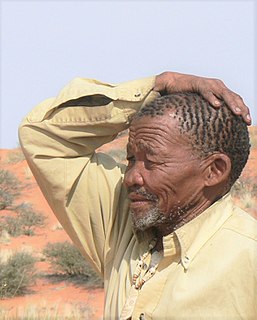 W
WDawid Kruiper was a traditional healer and leader of the ǂKhomani San in the Kalahari.
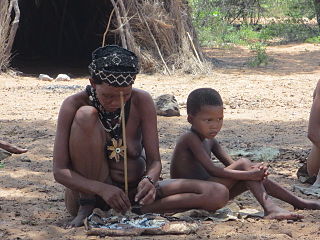 W
WThe ǃKung are one of the San peoples who live mostly on the western edge of the Kalahari desert, Ovamboland, and Botswana. The names ǃKung (ǃXun) and Ju are variants words for 'people', preferably used by different ǃKung groups. This band level society used traditional methods of hunting and gathering for subsistence up until the 1970s. Today, the great majority of ǃKung people live in the villages of Bantu pastoralists and European ranchers.
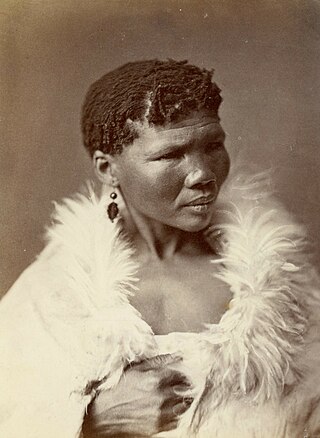 W
W!Kweiten-ta-||Ken was a noted |xam (San) chronicler of xam culture and knowledge. She played an important role in contributing to the Bleek and Lloyd archive of “Bushman Folklore” providing a female perspective on the life, rituals, and beliefs of |xam society. She was the primary source on |xam folklore, customs, and coming-of-age rights. She travelled to the Cape in June 1874 with her family and stayed until January 1875 during which she was interviewed by Wilhelm Bleek and Lucy Lloyd. She was from the Katkop mountains north west of Brandvlei in what is today South Africa.
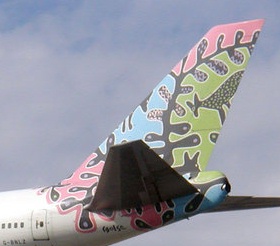 W
WCg'ose Ntcox'o, known as Cgoise was a Botswana artist.
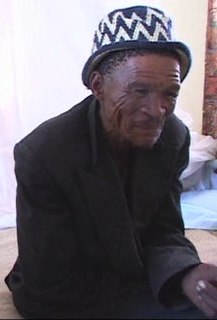 W
WNǃxau ǂToma was a Namibian bush farmer and actor who starred in the 1980 movie The Gods Must Be Crazy and its sequels, in which he played the Kalahari Bushman Xixo. The Namibian called him "Namibia's most famous actor".
 W
WThe San, or Bushmen, are indigenous people in Southern Africa particularly in what is now South Africa and Botswana. Their ancient rock paintings and carvings are found in caves and on rock shelters. The artwork depicts non-human beings, hunters, and half-human half-animal hybrids. The half-human hybrids are believed to be medicine men or healers involved in a healing dance.” A painting discovered at Blombos Cave is thought to be the oldest known instance of human art, dating to around 73,000 years ago. Gall writes, “The Laurens van der Post panel at Tsodilo is one of the most famous rock paintings.” High on this rock face in Botswana is the image of a “magnificent red eland bull” painted, according to Van der Post, “only as a Bushman who had a deep identification with the eland could have painted him.” Also on this rock face is a female giraffe that is motionless, as if alarmed by a predator. Several other images of animals are depicted there too, along with the flesh blood-red handprints that are the signature of the unknown artist. The Drakensberg and Lesotho is particularly well known for its San rock art. Tsodilo was recognised as a UNESCO World Heritage Site in 2001; not all the art covered by this is by San people or their ancestors.
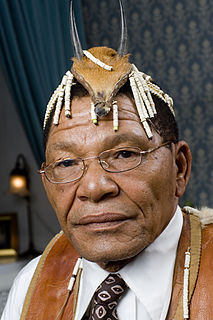 W
WRoy Sesana is a San activist who worked together with the First People of the Kalahari for the rights of his tribe.